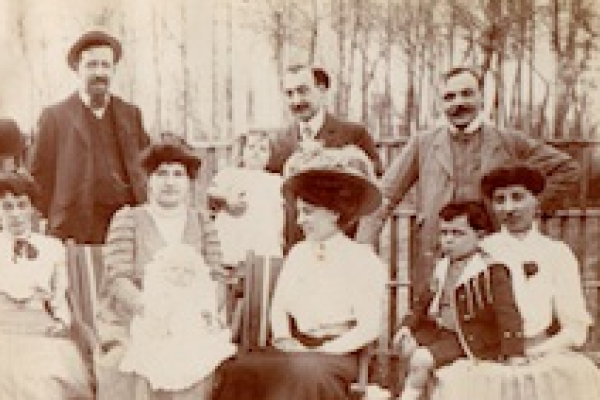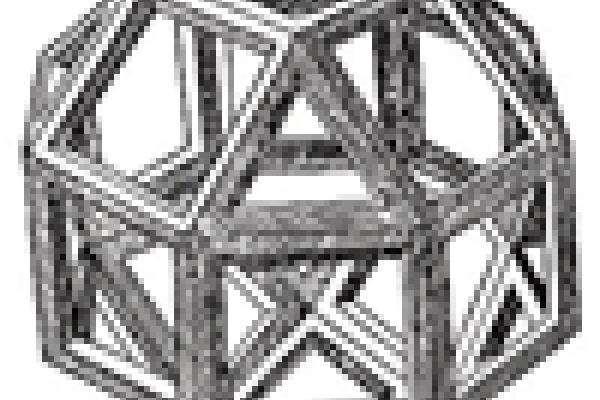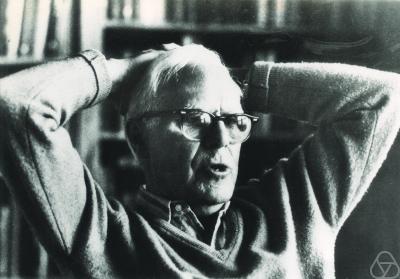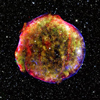
Proof of the Kochen-Specker Theorem
In this appendix we give a gist of the proof of the Kochen-Specker Theorem.







Martin Gardner

When Einstein formulated his general theory of relativity he noticed something disturbing. According to his equations, gravity should cause the Universe to contract until it eventually collapses in on itself in a big crunch. This idea jarred with Einstein, so he introduced a repulsive component of gravity into his equations which exactly balanced the attractive one, giving an elegantly static Universe. The term became known as the cosmological constant.




